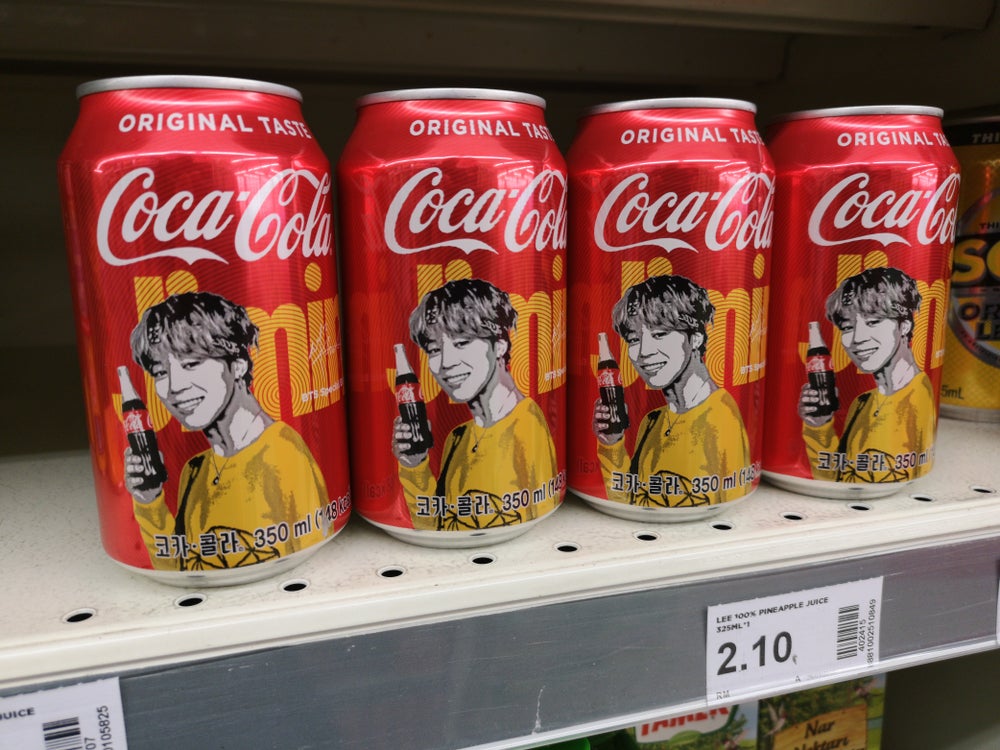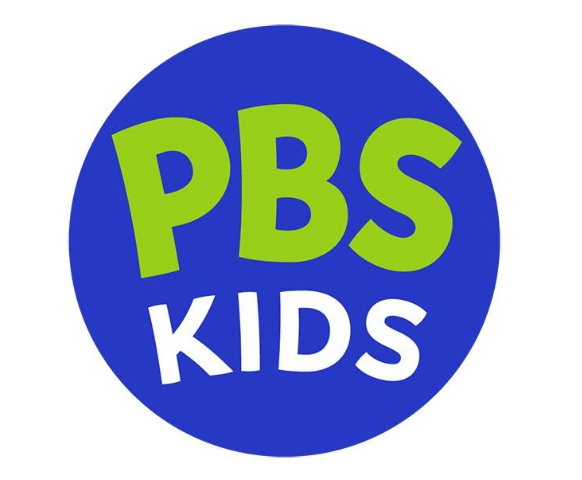
Some promotions for movies and DVD releases use barcodes to offer behind-the-scenes glimpses, on the theory that their biggest fans or most motivated audiences will value that content as much as a giveaway. This week the DVD and Blu-ray version of the puzzling thriller “Inception” has dropped in stores, and the month-long barcode campaign leading up to this release has focused on offering content that might help people figure out the story’s main mystery.
The campaign was built on an image from the movie, a spinning top, which was turned into a scannable token on the SnapTag reader platform from SpyderLynk. Users could take a picture of this token and text it to 95871 or send it as an email attachment. In return they received links directing them to new content assets surrounding “Inception”.
The “Unlock the Dream” campaign launched on Nov. 15 and offered a different kind of content each week, beginning with a video interview with director Christopher Nolen about some of the visual effects in the movie and including ringtones, wallpapers and deleted scenes.
The assets were only revealed progressively over the course of the campaign. The offering in this final week is aimed specifically at customers who buy the Blu-ray version of the movie. By submitting the scanned code included on the Blu-ray packaging, they can unlock an Inception graphic novel viewable over their players.
Perhaps the most interesting element of this promotion has been its cross-platform nature. Users could click on the SnapTag token when they found it, not only on packaging or posters but also on “Inception”’s Facebook page and even in some TV spots for the title release.
While other entertainment scan campaigns have offered online/ offline links using posters and Web barcodes, this seems to be the first that also lets users take a picture of the tag as it appears on their TV screens—and also relies heavily on the spread of digital video recorders, since most viewers will have to rewind the spot to snap a picture of the tag and catch the SMS short code.
Like the barcode campaign built around the first-run movie “Repo Men”, which used mobile scanning to advertise a picture about treating human organs as commodities, this promotion seems organic to the movie it’s publicizing. While “Inception” reached $250 million in U.S. box office receipts within a month of its debut, the movie was notably puzzling to most of its audiences, who are still debating which portions are a dream and which, if any, are meant to represent reality. Allowing fans to look deeper into the movie’s creation and symbolism through a barcode program is, in the end, just encouraging them to do what they’ve been doing since they saw the picture.



